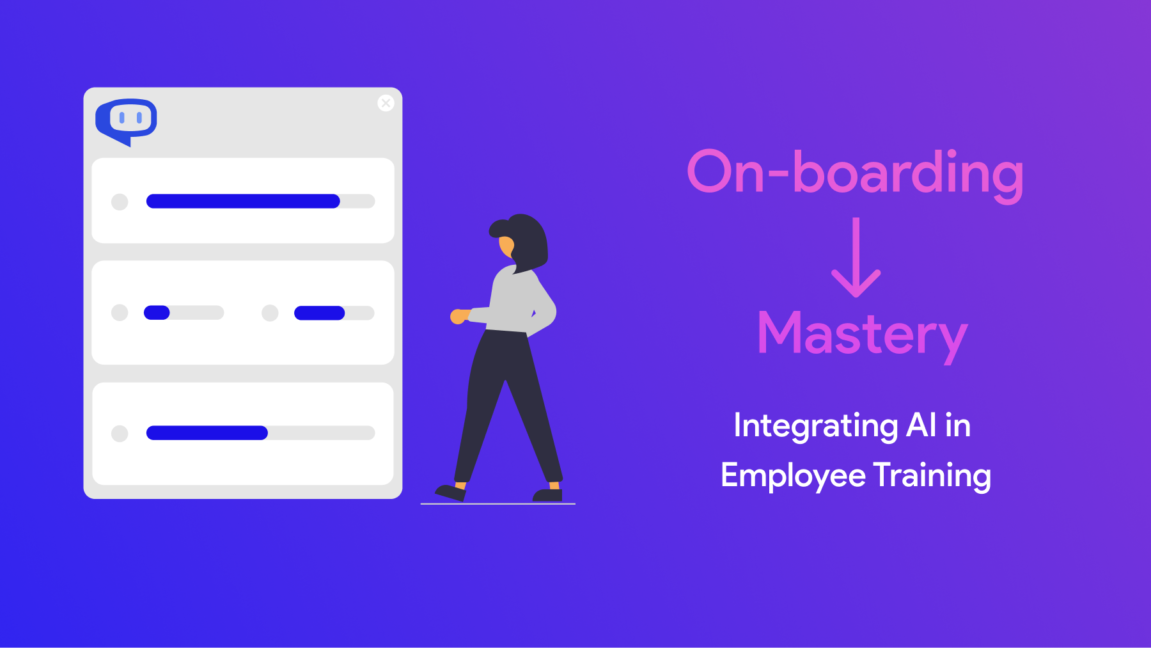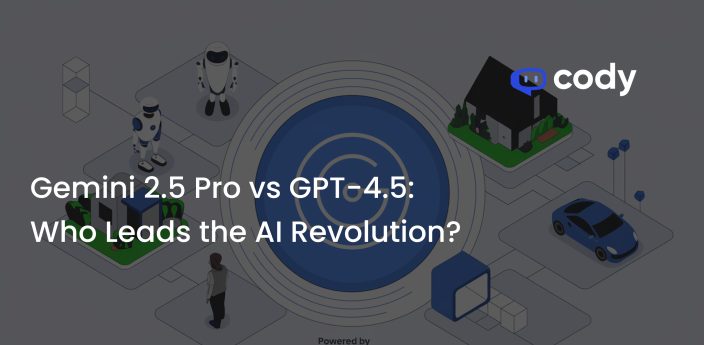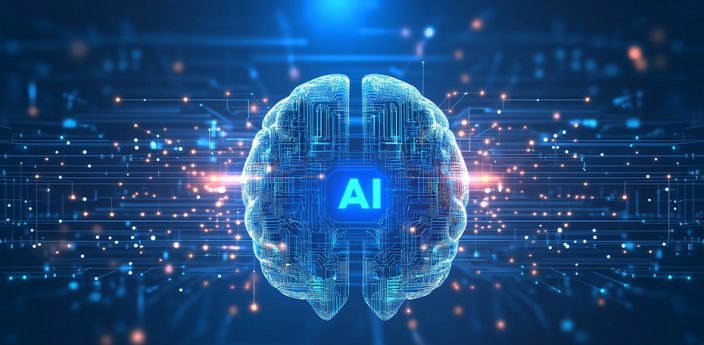
From Onboarding to Mastery: AI’s Role in Streamlining Employee Training
AI isn’t a new term for any of us, but with the launch of ChatGPT in November 2022, there’s been a growing fear that AI will replace human jobs. There’s a high possibility that AI will replace many lower-level jobs in the future, such as simple data entry and support roles. However, it’s also expected that AI will create many new jobs. What hasn’t been explored as extensively is AI’s application in training both existing and new employees. If you’ve seen the corporate training scenario today, it hasn’t evolved much over the years – it often involves clichéd multiple choice questions based on training videos. Unfortunately, these training sessions still lack the capacity to simulate real-life scenarios and accurately assess if an employee is prepared for real-world challenges.
You definitely don’t want this to happen due to lack of efficient employee training:

If you are seeking AI solutions to train your employees, Cody is the ideal tool for you. Similar to ChatGPT, Cody can be trained using your business data, team profiles, processes, and client information, leveraging your unique knowledge base.
With Cody, businesses can harness the power of AI to craft a personalized and intelligent training assistant tailored specifically to employee requirements. This positions Cody as a standout addition in the realm of AI-driven business solutions. To get started with Cody, simply upload your existing business-related documentation (it works even better if you already have training-related literature) and either select a template from our template-library or create your own bot from scratch. Here are several domains in which Cody can enhance your employee training, making it not only more effective but also engaging, as opposed to being monotonous and burdensome.
Simulating Real Life Scenarios
Jobs such as Customer Support present unique challenges when it comes to training. Given the human-centric nature of interactions, it’s difficult to predict every potential scenario or customer concern that might arise. Traditional training methods have often relied on macros and templates to provide standard responses. While these can cover a wide range of common queries, the unpredictable nature of customer interactions means that there will always be situations that fall outside the scope of pre-defined responses.
This is where AI can become a game-changer. Trainees can be exposed to a mix of routine and highly unusual scenarios, giving them a more comprehensive training experience. These simulations can not only test an employee’s problem-solving skills but also their interpersonal and communication skills. Feedback can be instantaneous, and training can be adjusted in real-time based on the trainee’s performance.
Adaptive Multiple Choice Questions
Traditional Multiple Choice Questions (MCQs) have limitations in training scenarios. If an individual fails to answer correctly the first time, they might encounter the same question later on. After a few attempts and possibly using guesswork, the employee might select the correct answer. This approach is inefficient for training in any domain.
With AI, both the question and its corresponding answers can be restructured. This ensures that even if the underlying concept remains the same, the presentation of the question and its options will be different. The AI can be provided with some questions and personalized in a manner that will never repeat the same question making the training process a lot more versatile.
Instant Explanations
The most effective learning often occurs through asking questions. However, during training, asking about specific jargon or processes might not always be possible and can become tedious for employees, thus hampering the overall training process. By integrating AI into the training, you ensure that learners grasp the core concepts and understand the fundamentals clearly, rather than merely creating an illusion of knowledge by answering multiple questions. Instant explanations and justifications give the impression that a human trainer is always available to assist the employees.
Seamless Integration With Existing Platforms
Another observation of traditional employee training systems is the added friction of transitioning to another medium to complete the training. It’s not seamless, leading employees to postpone their training sessions. With tools like Cody, you can seamlessly integrate the training process into your Slack Workspace (with many more integrations coming soon), allowing employees to complete their training without the need for any context switching.
Taking the AI Leap with Cody
Incorporate AI into your business seamlessly with Cody. No coding, no tech hurdles. Drag, drop, design, and deploy. As Cody evolves, expect even more features aimed at refining the training process. Test Cody for free—no strings attached. And when you’re convinced of its efficacy, upgrade at your pace.



